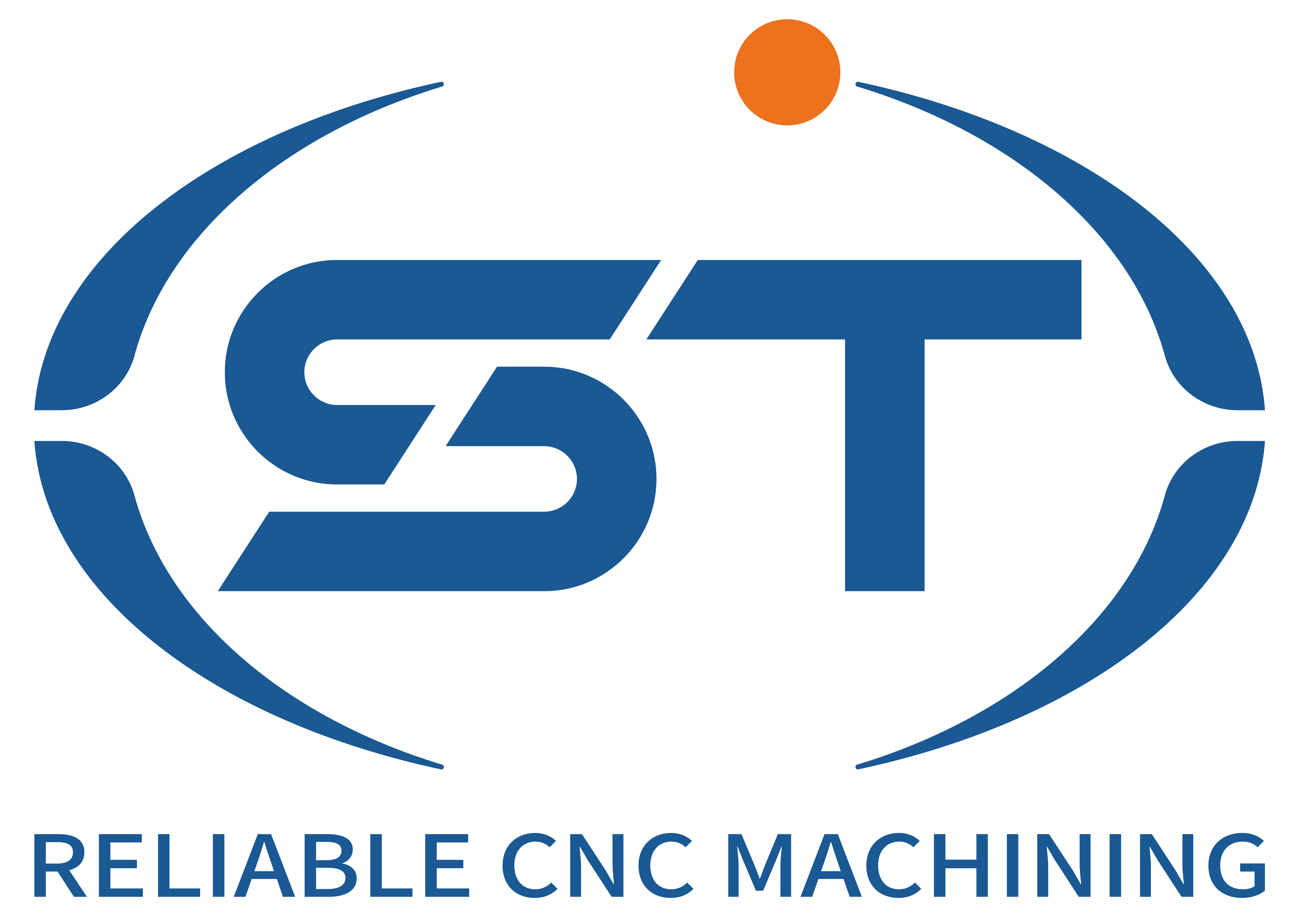Maximizing Material Utilization in Faites une demande maintenant ! pour les composants automobiles
Efficient material usage in CNC machining is critical for reducing waste, lowering production costs, and enhancing sustainability in automotive manufacturing. By optimizing nesting strategies, refining part design, and adopting advanced programming techniques, manufacturers can significantly improve how raw materials are consumed. Below are actionable methods to achieve higher material efficiency without compromising precision or quality.
1. Advanced Nesting and Layout Optimization
- Dynamic Nesting Algorithms: Utilizing software that automatically adjusts part placement based on material shape and size minimizes empty spaces. For irregularly shaped components like intake manifolds or valve covers, adaptive nesting ensures every inch of the sheet or block is used effectively.
- Multi-Part Batch Processing: Grouping parts with similar geometries into single machining sessions allows for overlapping layouts. This approach is particularly beneficial for components such as brake calipers or suspension arms, where shared dimensions reduce leftover scrap.
- Orientation Adjustments: Rotating parts to align with grain direction or stress lines in the material can improve structural integrity while freeing up space for additional components. For example, machining piston rods in a staggered orientation may reduce the required raw block size.
2. Design Modifications for Reduced Waste
- Simplify Geometric Complexity: Redesigning parts to eliminate unnecessary protrusions or cavities reduces the amount of material removed during machining. Streamlining features like mounting brackets or engine mounts often involves combining multiple operations into a single pass, cutting down on both time and waste.
- Integrate Multiple Functions: Combining separate components into a single machined part eliminates the need for joining processes and excess material. For instance, merging a housing and its internal ribs into one piece reduces assembly steps and scrap generation.
- Optimize Wall Thickness and Tolerances: Adjusting part specifications to the minimum viable thickness ensures material is not overused. Tightening tolerances only where necessary—such as in sealing surfaces or bearing journals—prevents over-machining and preserves raw stock.
3. Precision Programming and Toolpath Strategies
- Adaptive Clearing Techniques: Using toolpaths that adjust cutting depth based on remaining material thickness reduces air cuts and unnecessary tool engagement. This method is effective for roughing operations on components like cylinder heads, where uneven stock removal can lead to inefficiencies.
- High-Feed Milling for Roughing: Implementing high-feed rate strategies with specialized end mills accelerates material removal in the initial stages of machining. This approach shortens cycle times and minimizes the volume of chips generated, leaving more material for final finishing passes.
- Rest Machining for Finishing: Programming tools to target only the uncut material left after roughing operations ensures no excess stock is removed. For intricate parts like transmission gears, rest machining preserves critical dimensions while reducing waste.
4. Reuse and Recycling of Scrap Material
- Segregate Waste by Material Type: Separating chips, swarf, and offcuts by alloy composition allows for targeted recycling. Aluminum, steel, and titanium scrap can be reprocessed into new stock or sold to specialized recyclers, offsetting raw material costs.
- Implement Closed-Loop Systems: Partnering with suppliers to return scrap for re-melting creates a sustainable material cycle. For high-volume producers of components like wheel hubs or driveshafts, this approach reduces dependency on virgin materials.
- Repurpose Offcuts for Smaller Parts: Using leftover material from large components to machine smaller accessories—such as bushings or spacers—maximizes utility. This strategy is particularly useful for expensive alloys like Inconel or magnesium, where every scrap holds value.
By integrating these strategies, automotive manufacturers can achieve higher material utilization rates, lower per-part costs, and a smaller environmental footprint. Continuous monitoring of machining data and collaboration between design and production teams further refine these processes over time, ensuring long-term efficiency gains.




